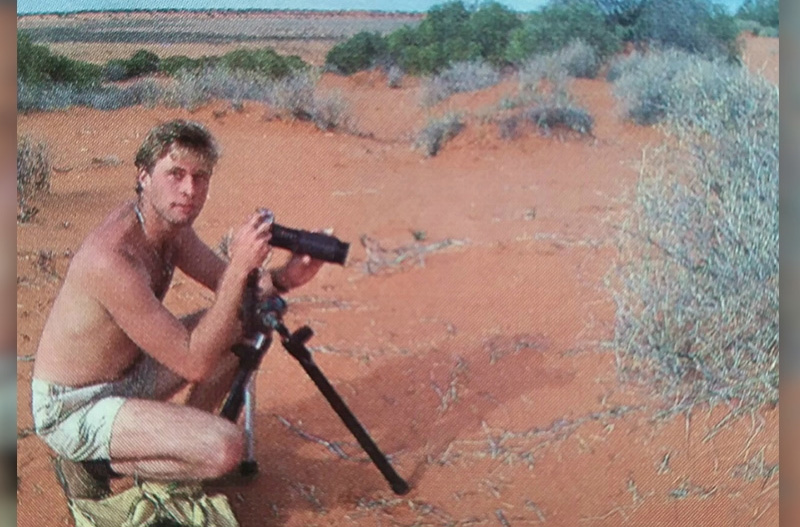
Painting birds is one of the greatest challenges for any wildlife artist. There seems to be a never-ending cycle of anguish and triumph, because painting birds isn’t hard, but painting them well is difficult. I’ve been putting my artistic endeavours into birds since I was 14 - about 40 years. And I never stop learning. While I paint many types of wildlife, birds are where my mastery, or lack of it, becomes obvious. Birds are the toughest of all wildlife subjects to get right.
The real challenge for any wildlife artist is to make the birds seem truly alive. To achieve that wonderful sense of realism, you have to start at the very beginning. I cannot put enough importance on the initial drawing, for the success of any painting starts here. To get the drawing correct you need to use the right reference. Where many artists can come unstuck is by using what is a wonderful photograph as their reference. What make a great photo often makes poor reference. Worse still is using a photo where you have to guess some (or much!) of what is going on. Look for reference where there are light edges against a dark background, or the reverse. This will give more depth to the subject. Many great photos are often flat and rarely result in a three dimensional work when used as reference for paintings.
Try to make your birds as believable as possible – observation is your greatest tool. Don’t be satisfied with the predictable, but analyse and study your subject – draw what you see not what you think you see. A good example is the eye. Many people are content with drawing round circles, but for a part of the anatomy that exudes so much life, eyes are clearly worthy of more thought than that. Take a look at the work of any great bird painter and you’ll see that. The same can be said of the bird’s overall shape. One of the main attractions of the Common Pheasant, for example, is its combination of round and angular lines – a really dynamic bird and a great delight to paint and draw. However always be careful to keep the birds ornithologically correct. Go out and see nature first hand – become familiar with your subject. The more accurate your representation, the more believable people will perceive it to be. If I need to, I go to museums to study specimens of rare or extinct birds I cannot observe in the field - but field observation is always the best way to get the general impression of the bird. There are many bird artists out there who avoid field work and their art suffers!
Moreover, the best advice I can give anyone wanting to improve their wildlife art is to be inspired. Find someone’s work you admire, and if possible meet them and introduce yourself. I’ve yet to meet a good wildlife artist who isn’t willing to give their time to others. Study their work and try to understand what makes their work successful. It is only through the work of those before us that we can expect to go forward ourselves. And lastly, don’t impose boundaries on your own capabilities. We will never be as good as Rembrandt, but we can certainly try; nobody can deny us that. By striving we can’t help but improve!